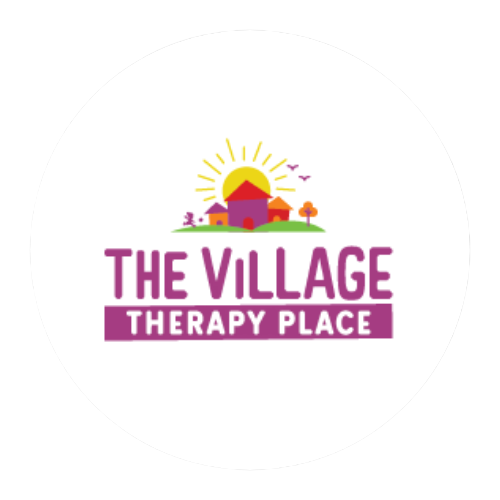Auditory Processing Disorder: Tips to Help Your Child AT HOME!
Auditory Processing Disorder (APD)- What Can I Do At Home?
Authored By Elise Weinstein, CCC-SLP, Speech Therapist at The Village Therapy Place
Concerned that your child has lots of signs that s/he may have an Auditory Processing Disorder?
Has s/he recently been diagnosed with an APD?
Wondering what you can do to help at home?
In general, remediation for an APD involves both direct intervention and compensatory strategies.
Direct intervention is provided to improve listening skills, while compensatory strategies aim to help the child succeed despite his/her auditory challenges.
The following are some compensatory strategies you can use at home to help your child during the day. Keep in mind that there are various types of APDs, so different strategies may work better for different children.
· Gain Attention First
Make sure your child is looking at you and ready to listen…before you start a conversation or give directions.
· Simplify the Message
Give directions one step a time and/or keep directions short and sweet. The same applies for conversation: try to focus on main ideas and use shorter, simpler sentences.
· Slow it Down
Sometimes all it takes is s-l-o-w-i-n-g down your rate of speech. This gives your child’s brain more time to process what he heard.
· Visual Aids
Incorporating visual aids can help your child rely less on verbal instruction. Make a visual aid to help your child move through morning routines (e.g. get dressed, brush teeth, make bed, eat breakfast), bathroom routines (e.g. wipe, flush the toilet, get soap, wash hands, dry hands, light off), and/or bedtime routines (e.g. pajamas on, clothes in the hamper, brush teeth, get in bed).
· Acoustic Highlighting
Make the main word of your sentence clearer and more acoustically salient by:
o saying it LOUDER
o saying it l-o-n-g-e-r
o saying it…after a pause
Look out for another blog on acoustic highlighting coming soon!
· Encourage Self-Advocacy
Encourage your child to asks for specific help when he doesn’t understand. Teach phrases like “can you say it again?”, “can you say it louder?”, and “can you say it slower?” depending on which strategy would help your child the most. This is more helpful to the speaker than just hearing your child say “what?” or “huh?”, as the questions states a clarification strategy.
Follow us next week for more tips for succeeding…in the classroom!
About Us:
We, at The Village Therapy Place, located in Bergen County- in Wyckoff, NJ, aim to provide integrative, neurodevelopmental, individualized, pediatric therapy in a warm, fun, and collaborative environment.
We offer pediatric services that include physical therapy, speech therapy, occupational therapy, feeding therapy, and DIR Floortime.
At The Village Therapy Place, we utilize current and evidence-based treatment techniques to help treat your child during his PT, OT, speech therapy, feeding therapy and DIR Floortime session. These include sensory integration, reflex integration, therapeutic listening, Kinesiotape, craniosacral therapy, NDT, BrainGym, feeding therapy, PROMPT, to name a few.
Our expert pediatric therapists offer a variety of treatment options, including 30/45/60 minute sessions, group classes, at home sessions and virtual therapy to best suit your child’s needs.
The pediatric physical therapists, occupational therapists & speech therapists at The Village Therapy Place are in constant contact with a child's caregivers to facilitate lasting change.
Call us today at (201) 201-8220 or email us at office@thevillagetherapyplace.com to speak with a pediatric expert who truly cares!

